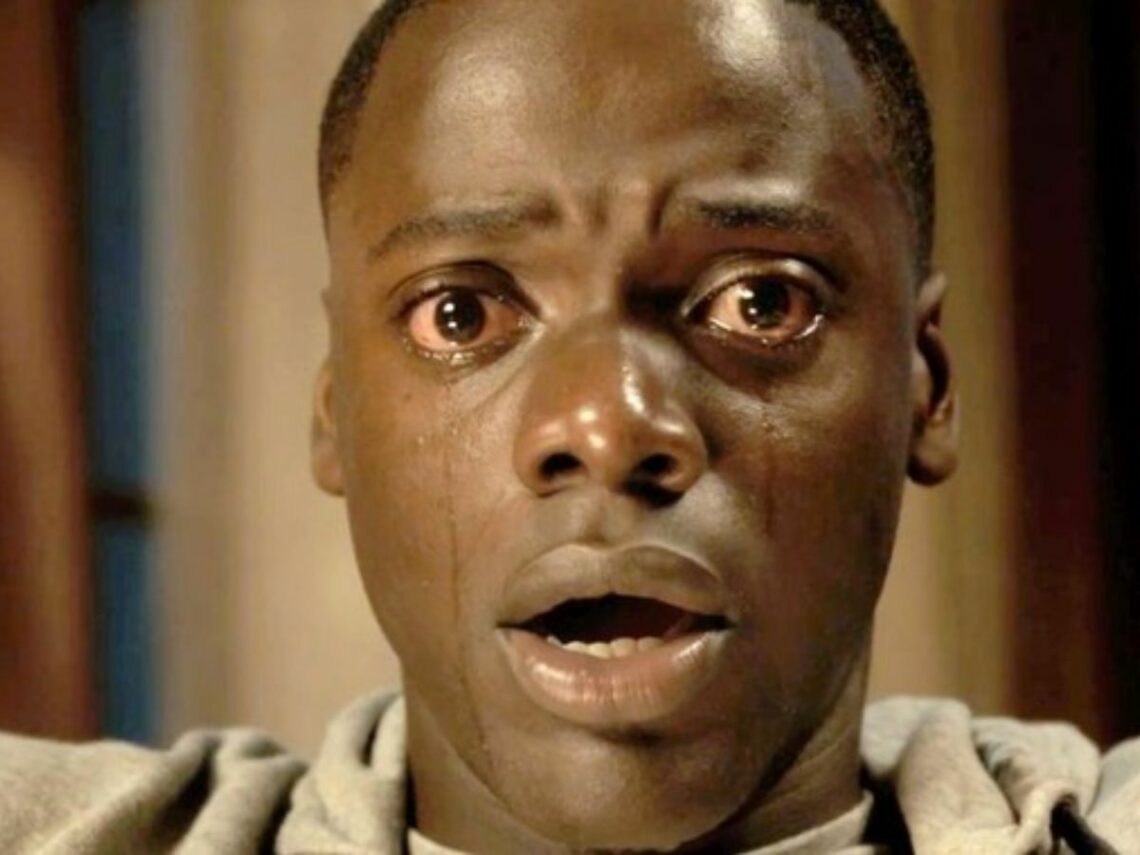
Jordan Peele’s ‘Get Out’ explained: What does it really mean?
To say Jordan Peele hit the ground running as a director would be to undersell his achievement on debut feature film Get Out. Peele managed to do three things all at once that most filmmakers would find almost impossible. He gave horror fans what they wanted, while also drawing in casual cinema-goers and creating a modern-day parable for race relations in the United States.
Netflix is putting their platform to good use by exposing Peele’s work to a new generation of movie-lovers who might have missed the picture when it came out during the first weeks of the Trump presidency seven years ago, three years before the height of Black Lives Matter. They’ll definitely get a scare, but they’ll learn a thing or two as well, as most of us did on first viewing.
Peele might not like the fact that his first film isn’t typically categorised as straight horror. He has no one to blame but himself for making a sophisticated yet accessible thriller with dystopian elements, holding a mirror up to society in a way few others could. Lucky, then, that he happened upon Black Mirror star Daniel Kaluuya to play the lead role of Chris Washington, a black man invited to spend the weekend with his white girlfriend Rose’s family.
When he gets there, he’s made to feel uncomfortable by Rose’s parents and brother, in much the same way that any boyfriend might experience, with the added factor of racial disparity. It soon turns out that something more sinister is going on, however, when he meets the family’s black housekeeper Georgina, who cries in response to Chris’ joke about white people. And when he encounters their black gardener, Walter, running directly at him as he goes for a walk in the dead of night.
So, what’s going on with the Armitages?
Despite Georgina telling Chris that Rose and her family “are so good” to them, he finds out for himself that this claim is the opposite of reality. In the same way that black members of the social and political elites in the United States often suggest that there is no racial divide anymore, as they help to perpetuate economic deprivation and block larger-scale social mobility for black Americans.
All becomes clear when another black man, Logan, arrives at the Armitage house along with various wealthy white guests for a party. When he sees Logan acting strangely, Chris decides to take a picture of him to send to his friend. The photo flash on his phone triggers Logan to attack him, screaming, “Get out!” He then realises that the party is,, in fact,, an auction for him and that Rose has enticed him to her parent’s house as she had done with previous black boyfriends.
Rose’s mother tells him to “sink into the floor”, returning him to the “sunken place” she sent him to under hypnosis earlier in the movie, which Peele has explained to Variety is a metaphor for the “prison industrial complex” that afflicts a massively disproportionate number of black Americans. There, Chris is told that his body is about to be harvested by an elderly white person, whose brain will be transplanted into it.
The same has already happened to Georgina and Walter, whose bodies host the brains of Rose’s racist grandparents, as well as to Logan, which explains his behaviour at the party. Chris manages to fight off the Armitages and save himself with a little help from Walter, who briefly regains his black consciousness through the flash on Chris’ phone.
But the film leaves us deeply disturbed by what we’ve witnessed, pondering the thoughts it’s inevitably provoked. The buying of black bodies to enact brain transplants is modern-day slavery by another name, and a profound allegory for the ideological co-opting of African-Americans by those with power at the top of a society still blighted by racial inequality. Powerful stuff.